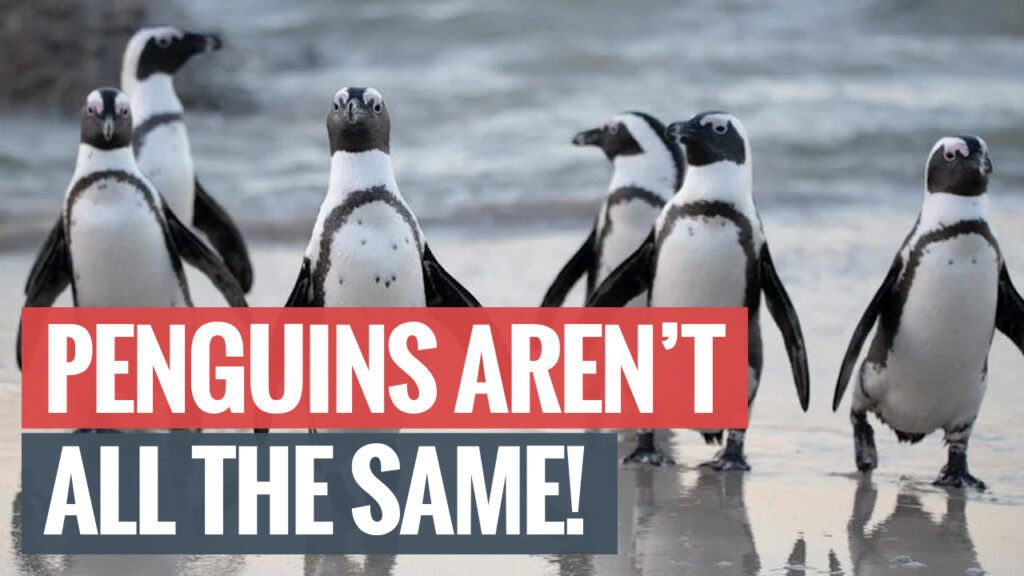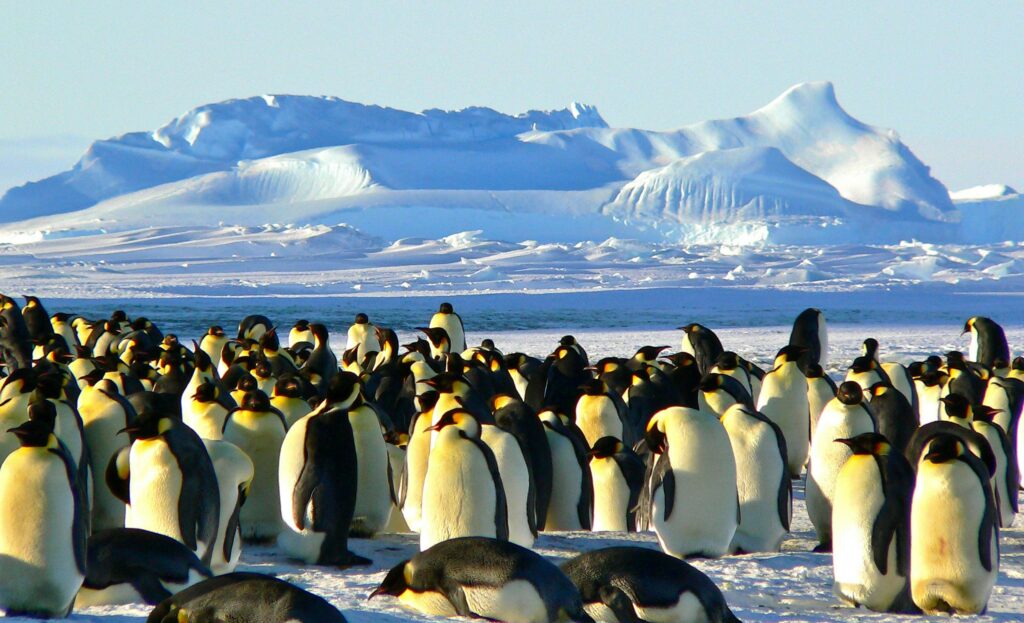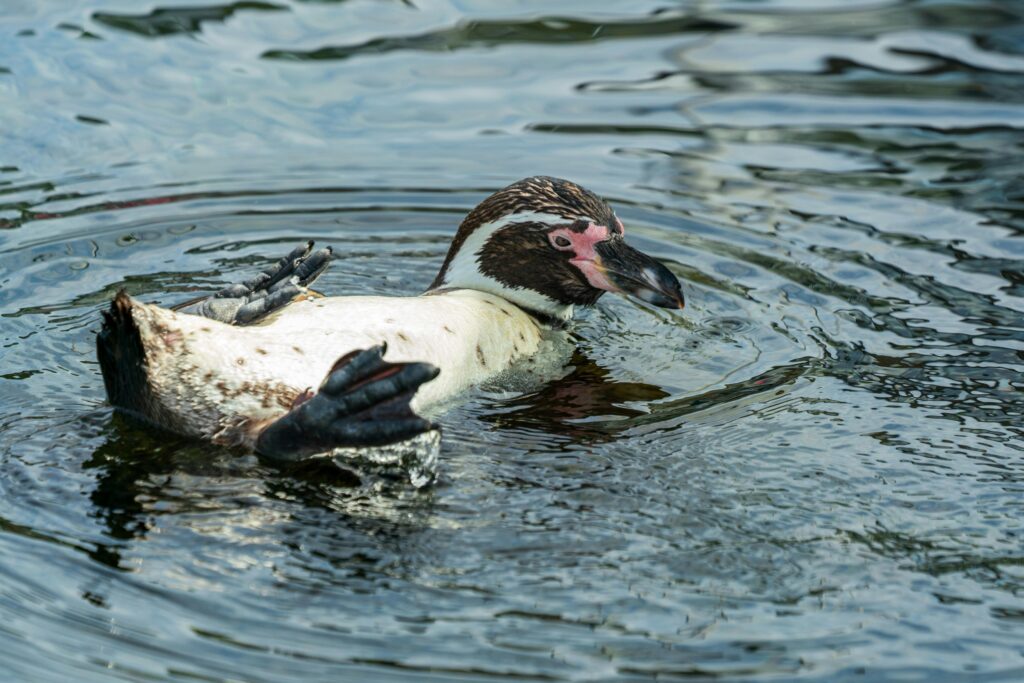Penguins are more than just charming symbols of Antarctica—they are sentinels of a delicate and interconnected ecosystem. Their survival is intricately linked to the balance of life in one of the most extreme environments on Earth. However, climate change is relentlessly chipping away at their icy home, pushing many species to the brink of extinction. The loss of penguins would not just be a tragedy for wildlife lovers; it would signal a catastrophic shift in the Antarctic ecosystem, with consequences that reach far beyond the frozen continent.
The Vital Role of Penguins in Antarctica
Penguins are not mere inhabitants of Antarctica—they are keystone species that help sustain the delicate food web. As both hunters and prey, they regulate the populations of krill, fish, and squid, while also serving as vital nourishment for predators like leopard seals and orcas. Their role extends even further: their nutrient-rich droppings, known as guano, fertilize ocean waters, promoting the growth of phytoplankton—the microscopic life forms that form the very foundation of the Antarctic food chain.
Should penguin populations dwindle, the repercussions would ripple throughout the ecosystem, disturbing predator-prey relationships and diminishing the overall health of Antarctic waters. The disappearance of these birds would not just be a loss of biodiversity—it would unravel the very fabric of life in Antarctica.
The Climate Crisis: A Dire Threat to Penguins

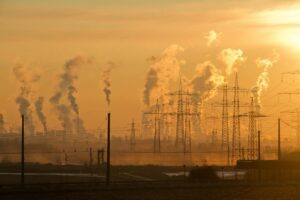
1. Melting Ice and Habitat Destruction
Antarctica’s once-stable sea ice is vanishing at an alarming rate due to rising global temperatures. For species like Emperor penguins, which depend on thick ice sheets for breeding, this spells disaster. If ice platforms melt too soon, their fragile chicks may not survive, leading to population collapse.
2. The Decline of Krill—The Lifeblood of the Antarctic Diet
Krill, the tiny crustaceans that sustain countless Antarctic species, depend on sea ice for their survival. As ice coverage shrinks, krill populations plummet, leaving penguins struggling to find enough food. This forces adult penguins to travel farther in search of nourishment, often leaving their chicks to starve.
3. Warmer Waters, Shifting Food Sources
Rising ocean temperatures are altering marine ecosystems, forcing some penguins to migrate to unfamiliar regions in search of food. While adaptable species like the Gentoo penguin have started moving southward, others, like the Emperor penguin, are struggling to adjust, pushing them closer to extinction.
4. Human Activities: An Unseen but Growing Threat
As Antarctic ice melts, human presence in the region is increasing. Industrial fishing, particularly of krill, depletes the primary food source of penguins. Pollution, oil spills, and unregulated tourism further threaten their already precarious existence. The combined pressures of climate change and human interference create an environment where penguins are fighting a battle they cannot win alone.
What If Penguins Vanish? The Devastating Consequences

1. A Broken Food Chain
Without penguins, their predators—leopard seals, orcas, and seabirds—would struggle to find food, leading to cascading effects that would disrupt the entire Antarctic food web. The loss of one species could set off a chain reaction of extinctions, threatening the stability of the region’s biodiversity.
2. A Blow to Global Climate Regulation
Penguins indirectly support phytoplankton, which absorbs vast amounts of carbon dioxide from the atmosphere. Without penguins, phytoplankton populations may decline, weakening the ocean’s ability to act as a carbon sink. This could accelerate global warming, affecting climate stability worldwide.
3. The Loss of an Irreplaceable Wonder
Penguins inspire awe and wonder, serving as a reminder of nature’s resilience and beauty. Their disappearance would not just be an ecological loss—it would be a profound cultural and emotional loss for humanity, a grim reminder of the cost of inaction in the face of climate change.
What Can We Do to Save Them?

1. Cut Carbon Emissions—Fast
The single most effective way to protect penguins is to combat the root cause of climate change: excessive greenhouse gas emissions. Governments, corporations, and individuals must transition to renewable energy, reduce fossil fuel dependence, and promote sustainability in every aspect of life.
2. Protect Antarctic Waters
The establishment of marine protected areas (MPAs) is crucial to preserving the feeding and breeding grounds of penguins. Strong international policies must be enforced to prevent overfishing and habitat destruction in these critical regions.
3. Support Scientific Research
Understanding how penguins are adapting to climate change is essential for developing effective conservation strategies. Funding research initiatives can provide critical insights into protecting these vulnerable species and mitigating the impact of environmental shifts.
4. Raise Awareness and Demand Action
Public awareness is a powerful tool for change. By educating communities about the plight of penguins and advocating for stronger climate policies, we can influence decision-makers to take meaningful action. The future of penguins—and our planet—depends on collective responsibility and urgent intervention.
A Call to Action: Protecting the Heart of Antarctica
The potential disappearance of penguins is not a distant concern—it is an urgent warning. If these resilient yet fragile birds vanish, it will be an unmistakable signal that Antarctica, and the world, is in grave peril. But there is still time to turn the tide. By addressing climate change head-on, enforcing conservation measures, and committing to sustainable living, we can ensure that penguins continue to thrive in their icy sanctuary for generations to come.
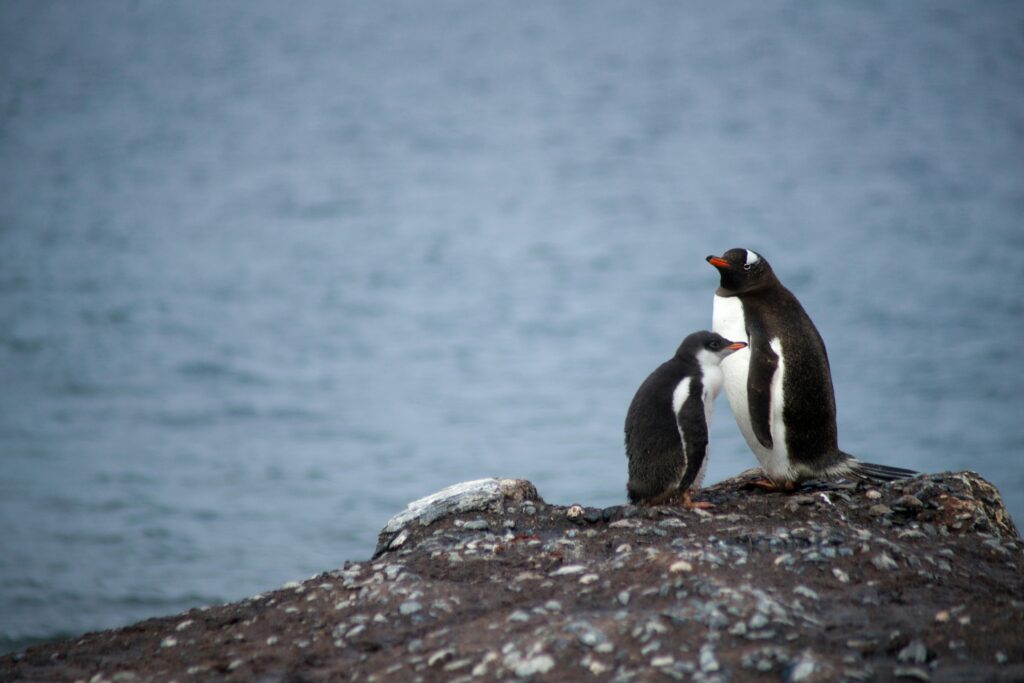
The fate of penguins is a reflection of our own choices. Will we act in time to save them—or will we stand by as an entire ecosystem collapses? The choice is ours to make.
